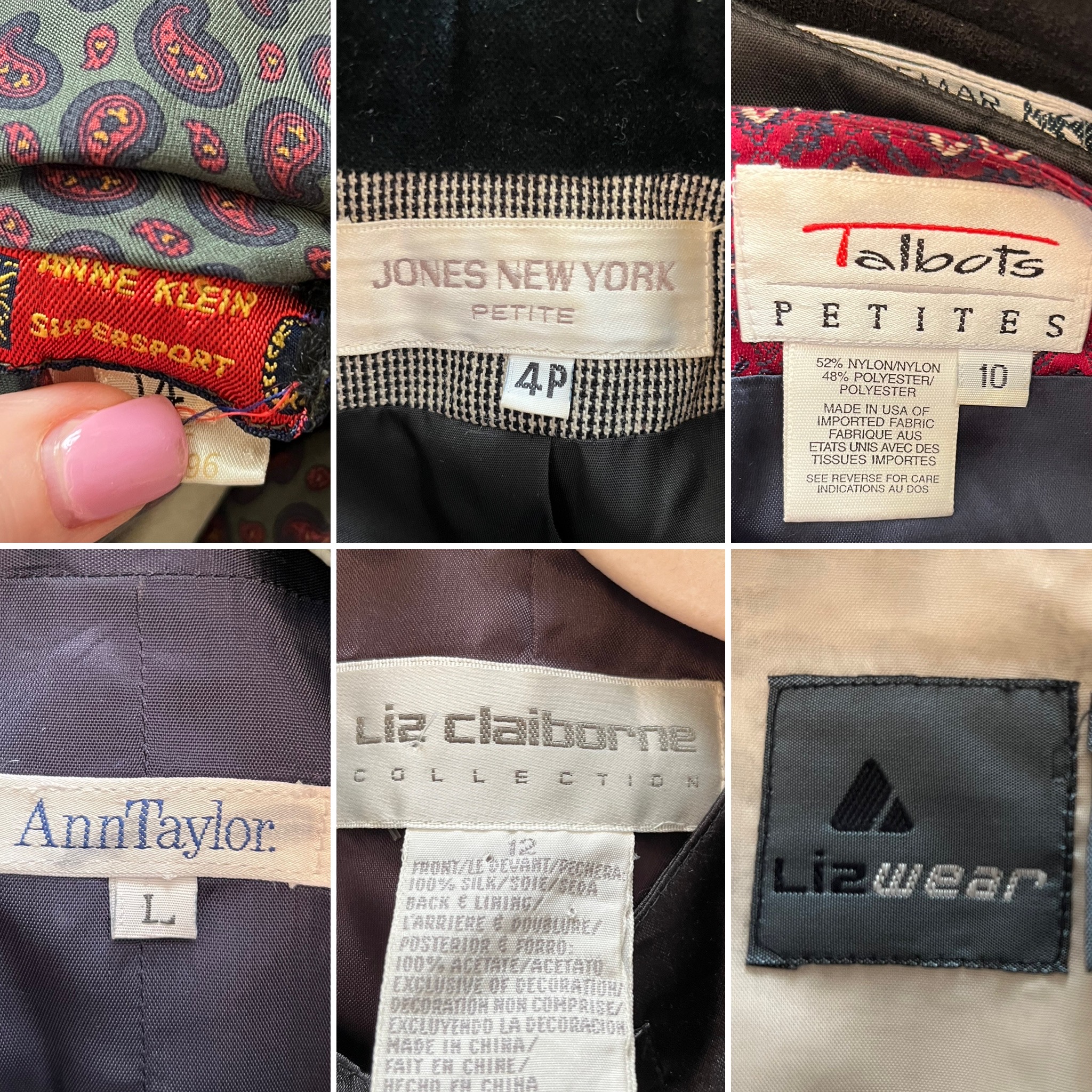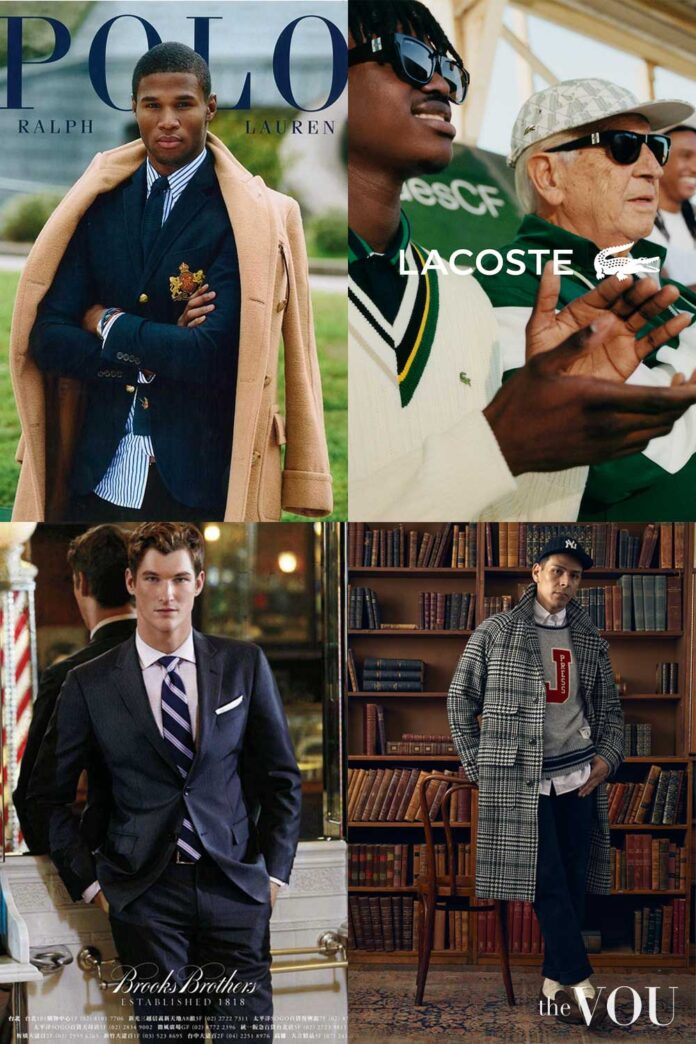How Fabric Weight Impacts Comfort in Branded Clothing
How Fabric Weight Impacts Comfort in Branded Clothing
Blog Article
The Value of Sustainable Garments: Just How It Impacts the Environment and Your Wardrobe
Lasting apparel is significantly acknowledged for its critical role in reducing the environmental effect of the quick fashion business. By concentrating on eco-friendly products and moral production techniques, it deals with pressing eco-friendly concerns. This shift not only profits the planet yet also affects consumer choices, bring about a more thoughtful approach to closet management. Recognizing these dynamics elevates essential concerns regarding fashion's future and personal obligation fit it.
The Ecological Footprint of Rapid Fashion

Advantages of Lasting Products
Sustainable materials offer considerable benefits, particularly with environmentally friendly material choices that reduce environmental harm. These products likewise demonstrate toughness and durability, minimizing the need for regular substitutes. As a result, they add to a more lasting style industry and promote responsible customer behavior.
Eco-Friendly Fabric Selections
While the garment industry has long been related to quick trends and ecological injury, the rise of environment-friendly textile choices provides a transformative opportunity. Lasting materials such as organic cotton, hemp, and Tencel have actually gained popularity as a result of their lower eco-friendly influence. These materials are typically created without dangerous pesticides and require much less water, minimizing their carbon impact - Branded Clothing. Additionally, several environment-friendly fabrics are naturally degradable, contributing to a round economy by decreasing waste. Choosing lasting materials not only sustains environmentally responsible methods but also advertises much healthier communities. As consumers come to be extra familiar with their acquiring power, the demand for environment-friendly textiles motivates brand names to innovate and take on more sustainable manufacturing approaches, inevitably benefiting the planet and future generations
Sturdiness and Long Life Benefits
Many customers are increasingly recognizing the sturdiness and long life advantages of sustainable materials in their apparel selections. Unlike standard textiles, sustainable materials such as natural cotton, hemp, and recycled polyester are engineered to stand up to damage, leading to garments that last longer. This reduced frequency of substitute not just conserves customers money over time yet additionally decreases waste produced by rapid fashion. Furthermore, lasting clothing frequently utilizes eco-friendly manufacturing techniques that enhance material stamina, contributing to a decrease in the total carbon impact. By purchasing sturdy clothes, customers can grow a much more sustainable wardrobe while appreciating premium pieces that maintain their visual and capability with time. Durability and long life stand as essential advantages of choosing sustainable materials.
Lowering Waste With Lasting Practices
Lowering waste in the garment industry can be accomplished with innovative practices such as upcycling and repurposing products. In addition, adopting minimalist wardrobe strategies encourages consumers to prioritize quality over quantity, eventually decreasing clothes usage. With each other, these strategies add substantially to a much more lasting clothing version.
Upcycling and Repurposing Products
Upcycling and repurposing materials have become cutting-edge strategies in the fashion business, changing thrown out textiles right into beneficial new items. This method not just decreases waste however likewise urges creative thinking and individuality in apparel style. By taking old garments and materials, designers can develop special pieces that mirror individual style while minimizing the demand for brand-new resources. Additionally, upcycling usually requires much less power and water contrasted to typical production processes, substantially reducing the ecological footprint of style. As consumers come to be a lot more aware of sustainability, the appeal of upcycled clothing remains to rise, advertising a round economy. Inevitably, these techniques add to a more lasting future, where style prioritizes ecological wellness over rapid production and usage.

Minimal Wardrobe Approaches
As individuals progressively look for to decrease their ecological influence, embracing minimal wardrobe strategies has acquired traction as an effective strategy to lasting style. These approaches stress quality over quantity, encouraging customers to curate a smaller collection of versatile, long lasting clothing. By concentrating on ageless items that can be combined and matched, people can decrease the frequency of acquisitions and ultimately decrease waste.Additionally, minimalism advertises mindful usage, advising consumers to reflect on the ecological and ethical ramifications of their choices. This technique not only cultivates an extra lasting way of life however likewise simplifies day-to-day decision-making concerning clothes. As people embrace minimalist principles, they add to a style culture that values sustainability and liable consumerism, ultimately causing a more eco-conscious culture.
The Role of Honest Labor in Sustainable Style
While numerous consumers are increasingly aware of the environmental repercussions of their clothes selections, the value of ethical labor methods in lasting style can not be forgotten. Ethical labor incorporates reasonable incomes, safe working conditions, and respect for employees' rights, creating the backbone of responsible fashion manufacturing. Brand names that focus on honest labor not just boost neighborhoods but additionally set a criterion for responsibility in the industry.Moreover, the combination of ethical practices cultivates transparency, making it possible for customers to make educated choices regarding their purchases. This technique contrasts sharply with fast style's unscrupulous labor models, which commonly prioritize revenue over people. By supporting business dedicated to honest labor, consumers add to a system that values human self-respect together with ecological sustainability. Consequently, honest labor is not merely an add-on; it is vital to the broader objective of lasting style, ensuring that the quest for eco-friendliness does not come with the expense of civils rights.
The Impact of Lasting Clothing on Carbon Emissions
Sustainable clothing has the prospective to considerably minimize carbon discharges associated with the fashion business. Conventional garment manufacturing contributes notably to greenhouse gas exhausts, mostly because of energy-intensive manufacturing processes and using non-renewable sources. In comparison, lasting style concentrates on green materials, such as organic cotton or recycled fibers, which usually need much less energy to produce.Moreover, lasting brands have a tendency to adopt a lot more effective manufacturing methods, reducing waste and lowering total exhausts. By prioritizing toughness and classic layout, lasting apparel encourages customers to buy less regularly, additional minimizing the carbon footprint related to overconsumption.Additionally, lots of lasting brand names are devoted to openness in their supply chains, making it possible for consumers to make educated options that line up with their view values. Eventually, moving towards sustainable apparel can result this link in a significant reduction in carbon discharges, adding to a healthier earth and a much more sustainable future for the garment industry.
Sustaining Regional Economic Situations With Lasting Selections
The shift towards lasting clothing not just addresses ecological worries but additionally significantly advantages regional economic situations. By picking sustainable style, customers typically support small businesses and regional artisans, improving community strength. These business usually operate on a smaller sized range, focusing on workmanship and moral methods over mass production.Investing in locally made lasting garments fosters task development and promotes financial growth within communities. As customers come to be much more conscious of the environmental effect of their purchases, they significantly choose items that show their values. This need urges regional suppliers to embrace sustainable practices, adding to a circular economy.Moreover, sustaining neighborhood businesses decreases transportation discharges, aligning with eco-conscious consumer actions. The interconnectedness of sustainable clothes and local economies emphasizes the important function that specific choices play in promoting both economic and environmental wellness. By promoting these local connections, areas can flourish while additionally working in the direction of an extra sustainable future.
Changing Your Storage Room: Tips for a Sustainable Wardrobe
As individuals look for to lower their ecological impact, changing a wardrobe into a lasting wardrobe ends up being a crucial action. One efficient method is to examine existing apparel, keeping just products that are put on regularly which line up with sustainability goals. Prioritizing top quality over amount is vital; purchasing durable pieces from environmentally friendly brand names can greatly decrease waste.Additionally, including used items can take a breath new life into a wardrobe while minimizing ecological damages. Organizing apparel swaps with pals or giving away extra items can better advertise sustainability.When purchasing, people need to seek products that are natural, recycled, or naturally degradable, and avoid rapid fashion merchants - Branded Clothing. Exercising mindful consumption by attentively thinking about each acquisition can add to an extra lasting way of living. By applying these suggestions, one can produce a closet that mirrors personal style while sustaining ecological stewardship
Regularly Asked Inquiries
How Can I Recognize Lasting Apparel Brands?
To identify lasting clothes brands, check my blog one should research materials utilized, look for accreditations like Fair Trade, and analyze the brand's openness concerning their production processes, labor practices, and ecological impact, guaranteeing moral and green methods are prioritized.
What Are the Prices Associated With Sustainable Style?
The expenses connected with lasting style can vary substantially. Higher production expenses, honest sourcing, and green materials often lead to raised retail rates, which may deter some consumers while appealing to ecologically mindful customers.
Can Sustainable Clothes Be Elegant and Trendy?
Sustainable clothing can without a doubt be stylish and elegant. Designers increasingly prioritize cutting-edge products and ethical production techniques, verifying that fashion and sustainability can exist together. Consumers currently have diverse options that mix visual appeals with environmental awareness.
How Does Laundering Clothing Affect Their Sustainability?
Cleaning garments substantially impacts sustainability by consuming water and power, contributing to air pollution, and creating microplastic launch. Regular cleaning can weaken fabrics, shortening their life-span and raising the demand for substitutes, ultimately intensifying environmental problems.
What Is the Lifespan of Sustainable Apparel Compared to Fast Style?
The life expectancy of sustainable clothes commonly exceeds that of quick style things, commonly long lasting a number of years as a result of quality products and workmanship. On the other hand, fast style garments might break down quickly, demanding more constant substitutes. Sustainable apparel is progressively recognized for its crucial duty in lessening the ecological effect of the rapid fashion sector. While lots of customers are progressively aware of the ecological effects of their garments choices, the value of moral labor techniques in lasting style can not be neglected. Branded Clothing. Lasting clothes has the possible to significantly lower carbon discharges linked with the style sector. In comparison, sustainable style concentrates on environment-friendly materials, such as organic cotton or recycled fibers, which typically require much less energy to produce.Moreover, lasting brand names often tend to take on more reliable manufacturing practices, minimizing waste and reducing total discharges. By prioritizing durability and timeless layout, sustainable apparel urges customers to acquire less often, further decreasing the carbon footprint associated with overconsumption.Additionally, numerous sustainable brands are committed to transparency in their supply chains, making it possible for customers to make enlightened choices that straighten with their values
Report this page